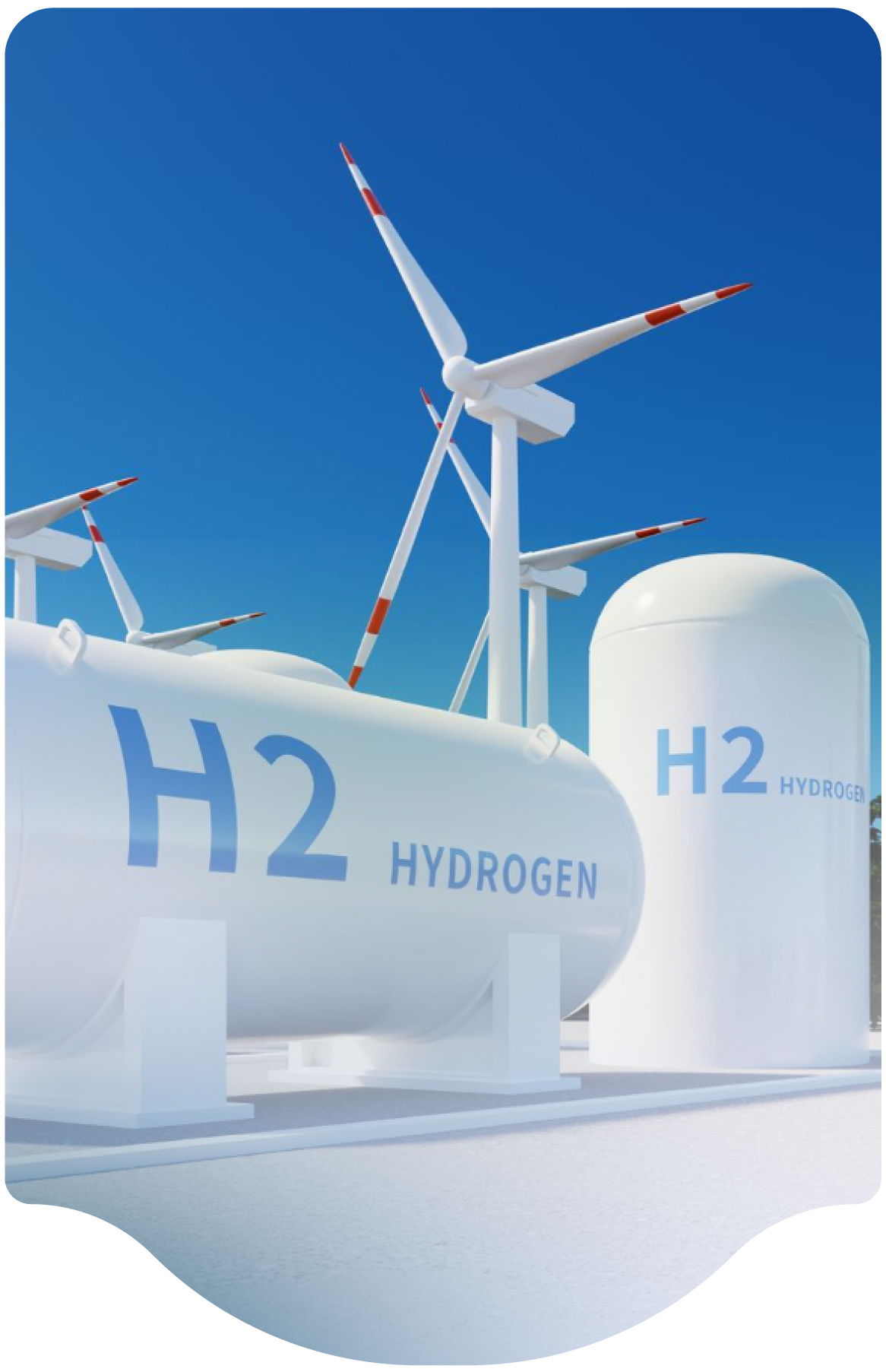- Home
-
Resources
- Center for Hydrogen Safety
- Hydrogen Fuel Cell Codes and Standards
- Learnings & Guidance
- Paper & References
- Web-based Toolkits
- Workforce Development

- Contact
- About H2Tools
- Welcome to the Hydrogen Tools Portal
- helpdesk@h2tools.org
FAQ
Frequently Asked Questions
Question & Answer
- 269 results found
- Clear All
Several organizations published a paper together on this topic in 2017 (see attached). Based on comparisons with tests and CFD simulations, the following conclusions were drawn:
- The gas concentration for vapor cloud explosion blast load calculations for H2 jets can be limited to approximately 10% to 75%. Note that testing for H2-air VCEs in congested environments has been performed…
Category: Explosions
Keywords: Explosion, Ignition, Guidelines, Vapor Cloud
Refer to the white paper completed by the HSP for LH2. The same criteria should be applied to
a vent system. See below.
H2Tools Document Library: White_Paper-Qualified_Individuals_for_Liquid_Hydrogen
Similar qualifications for vent system design include:
- A “qualified” individual for…
Category: System Design
Keywords: Training, Requirements, Vent System, Safety, Properties, Operation
No, but it depends on the application. Nearly all vents less than 4” in size are not purged with N2. This is primarily due to: 1) large flows required to dilute hydrogen below the flammable range, 2) the cost of the nitrogen, 3) the potential blockage of the stack when being inserted a vent header/stack serving a liquid hydrogen system, 4) the potential for backpressure (depending on the…
Category: Miscellaneous
There is no specific requirement not to vent liquid hydrogen from a vent system. Best practice would be to only vent gas from the top of the vessel to relieve pressure. If liquid must be vented, it should be vaporized first.
Note: It is very unusual to have LH2 flow from a liquid tank out the vent system, as the vent system is connected to the vapor space on the LH2 tanks and there…
Category: Miscellaneous
Keywords: Liquid Hydrogen, Vent, LH2, GH2
Design of vent header lines is critical to the safety of the system. From a process perspective, the pipe design must be sufficient to withstand back pressure, thrust forces from the flow, and must be of a sufficient size to not create a restriction that prevents proper flow or activation of the devices. Per ASME BPV Code requirements, backpressure should be limited to no more than 10% of the…
Category: System Design
Keywords: Vent, Maintenance, Safety, Requirements
AICHE ELA253 CHS ” Introduction to Hydrogen Safety for First Responders” is a good reference and discusses both LH2 and GH2. LH2 fires are very unusual. LH2 releases usually are GH2 so the fires at either ambient for low flow or the GH2 is a cryo temperature for high flow. Fires from LH2 tanks ignite less frequently than GH2 high-velocity releases. The colder the gas the less potential for…
Category: Hazards Analysis
Keywords: First Responders, Safety, LH2, GH2, Guidelines, Fire Protection
At NASA Cape Canaveral, they used a natural gas line connected to the vent stack outlet with a thermal sensor to make sure the pilot was lit. They may also have had a sensor to ensure the H2 fire was lit. In cases where substantial quantities of unused hydrogen is vented and the timing and amount of the flow rate is known and controlled, flaring might be useful. NASA guidelines stipulate that…
Category: Miscellaneous
Keywords: Vent Stack, Pilot Ignition, Guidelines, Flare, Purge
I am not sure which picture you are referring to so I will attempt to answer.
If you are referring to the incident where a fire occurred and the vent system was damaged, then this may have been due to lack of proper supports and incomplete assembly of the test systems. In the past, vent systems were not pressure tested for strength but that is changing.
If you are talking…
Category: Miscellaneous
Keywords: Cylinder, Vent System
If the vent system is appropriately designed and sized for fire cases, is a deluge system necessary?
No, in nearly all cases, a deluge system is not needed. The proper sizing of relief devices using documents such as CGA S1.3 will ensure that they are of sufficient size to address worst case scenarios. In addition, if the system has been sited per separation distances from exposures in accordance with documents such as NFPA 2, then there should not be a significant risk of fire
exposure.…
Category: System Design
Keywords: Vent System, Deluge, Pressure Relief Device
There is no standard which specifically specifies the use of a flapper. A properly designed flapper should provide de minimus restriction to vent flow, yet still provides weather protection which allows for a vertical release of the vent stack flow, which is best from a dispersion and radiation perspective. Flappers are extensively used successfully and safely on nearly all liquid hydrogen…
Category: Miscellaneous
Keywords: Flapper, Vent, Liquid Hydrogen, LH2
We are professional and reliable provider since we offer customers the most powerful and beautiful themes. Besides, we always catch the latest technology and adapt to follow world’s new trends to deliver the best themes to the market.
Contact info
We are the leaders in the building industries and factories. We're word wide. We never give up on the challenges.
- 2 Queen Street,California, USA
- (+84) 04 123 456
- :Helpdesk@h2tools.org
